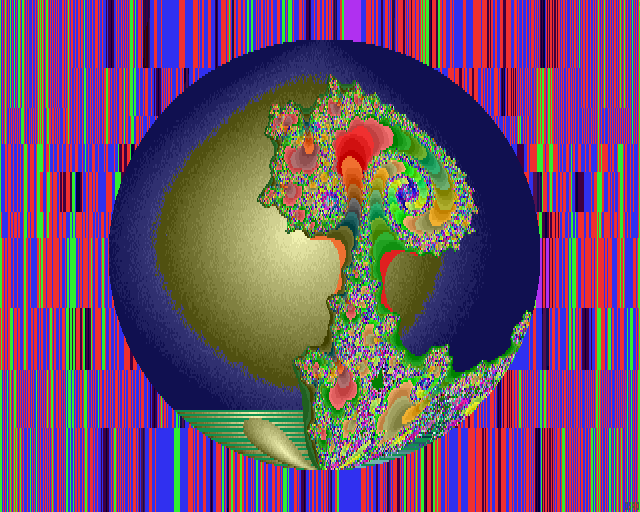
Stan Ostoja-Kotkowski, SPHRETREE. Image courtesy the State Library of South Australia.
Archiving Australian Media Art
The early years of Australian digital media arts heritage are at risk. ANAT is working with key cultural institutions, to conserve key media art case studies from the archives of media arts organisations and ensure the preservation of our digital media arts heritage.
The Australian Research Council funded Archiving Australian Media Art project involves working with cultural institutions across the country to conserve significant media artworks and develop a best–practice method for the preservation of digital media arts heritage to be shared publicly. This 3 year research project began in 2019 with our archive being deposited into the ACMI, State Library of Victoria and the State Library of South Australia collections to ensure public accessibility.
This is a joint project lead by Swinburne University, with RMIT University, the Australian Centre for the Moving Image, the Art Gallery Of NSW, the State Library of South Australia, Griffith University Art Museum, Experimenta Media Arts, dLux Media Arts, and Rhizome. The research is funded by the Australian Research Council (LP180100307).
Australian artists were significant contributors to the development of media arts internationally, yet only a relatively small portion of their work has to date made it into institutional collections. This scenario is not unique to Australia but is an international problem.
Media art includes diverse media, but the focus of this project is digital artworks. Many important artworks are not in the collection of any cultural institution, but even where collections do exist, works are becoming inaccessible.
Material is scattered, held in the archives of organisations with no conservation resources, or in artists’ own archives. Many artists have lost the ability to access their own artworks; few have the skills and equipment to self-archive comprehensively. As many artworks still have not been documented, cultural memory and heritage is endangered.
The COVID-19 pandemic has affected the planned progress of this project as collaborators are located in different cities across Australia as well as internationally. In spite of the difficulties, much progress has been made.
As knowledge about institutional collections of media artwork has been disconnected and incomplete, the Archiving Australian Media Art project is collating information about the distributed national collection. To date there are records for over 550 artists and more than 940 titles of works of art. The project aims to develop a good practice method for stabilising artworks from selected case studies from the archives of the Australian media arts organisations and institutional holdings, focusing on a case from each of the participating organisations. These span the period 1991-97, and include: the work of the Polish-Australian artist Joseph Stanislaus Ostoja-Kotkowski; Experimenta’s “Virtualities” (1995) exhibition; dLux’s 1997 “Matinaze” exhibition; and Griffith University Art Museum’s CD-ROM collection of 18 artworks by key Australian media artists.
The State Library of South Australia holds a rich collection of material relating to the work of renowned artist Joseph Stanislaus Ostoja-Kotkowski (featured image), including roughly eight hundred 3½ inch floppy disks created between 1988 and 1994 on an Archimedes PC. Ostoja’s archive, including his pioneering digital art, has been accepted into the Australian register of the UNESCO Memory of the World. After approximately three months of meticulous work the State Library of South Australia were able to extract and convert all the images saved on these disks nearly 30 years ago. Read more about the recovery of these artworks here.
ACMI, the Art Gallery of NSW, and the State Library of South Australia are in the process of auditing and accessioning hundreds of items of digital media from the archives of Experimenta Media Arts, dLux Media Arts and ANAT respectively. The research plan involves the installation of local EaaS platforms to emulate these works, and collaboration with artists to discuss permissions and potentially author a statement about the emulation of their work. Based on this research project, a Standards Document is being developed presenting strategies on how to collect, curate, preserve, and research 1990s digital media artworks. In addition, investigation is proceeding into the contemporary exhibition and re-display of historical media artworks.
Read the progress to date report Collecting Curating Preserving and Researching Media Arts here